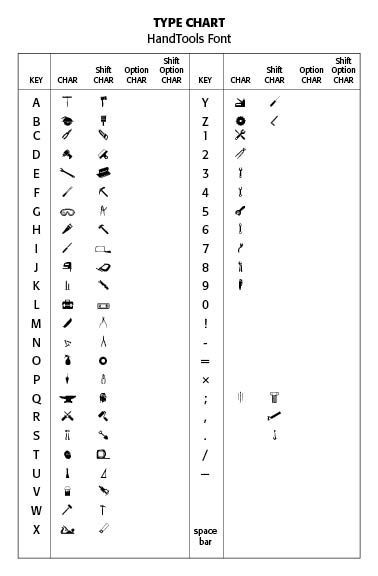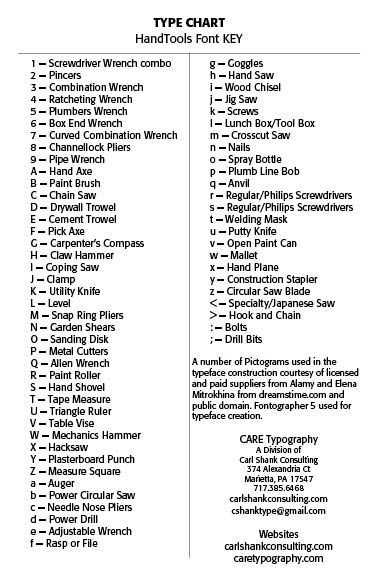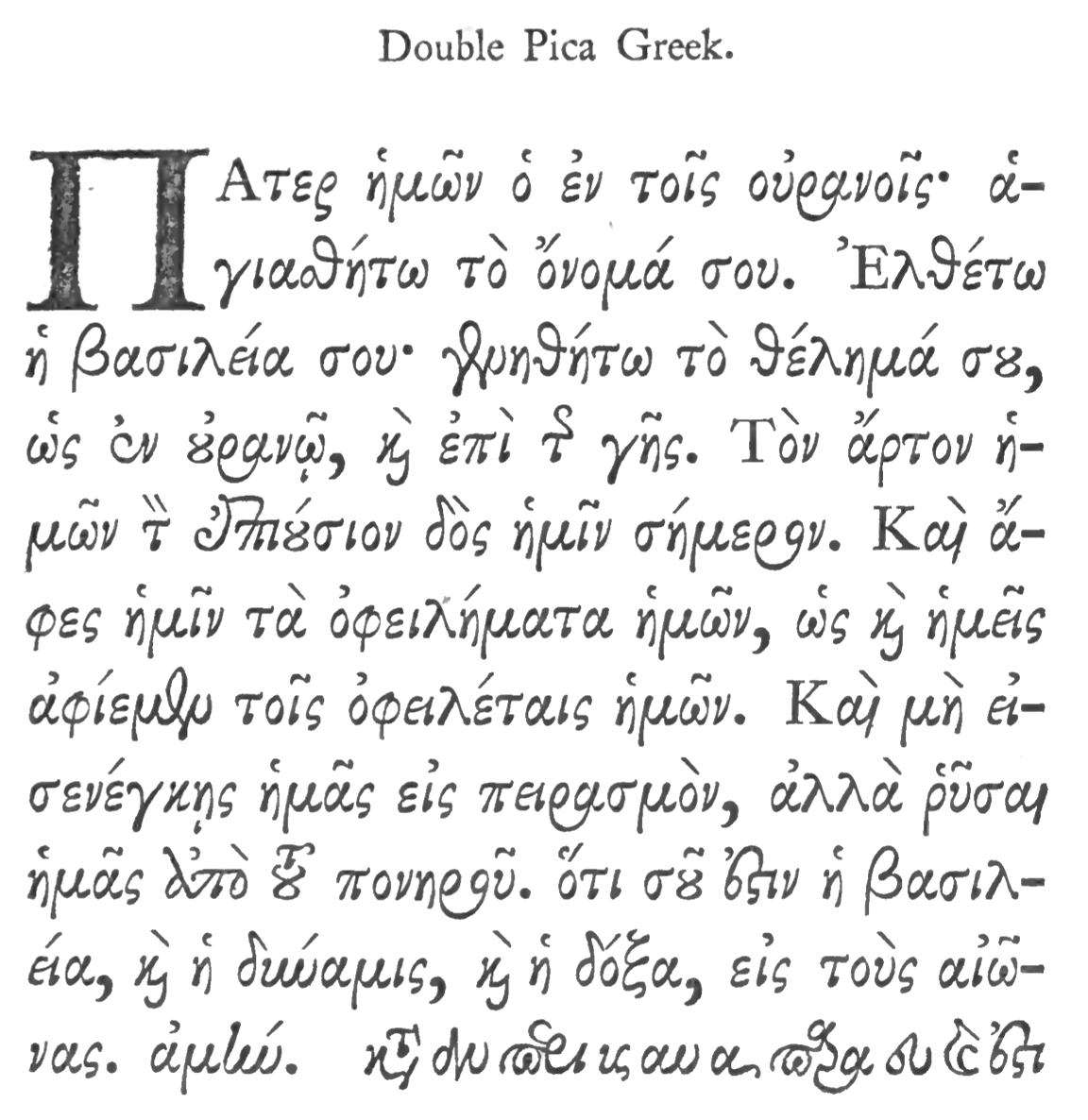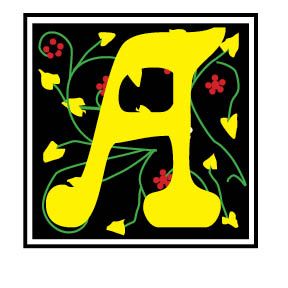A New Tool Font
A New Tool Font. CARE Typography is pleased to announce a new pictogram font, the HandTools Font. This is a font for Macs, Windows and Linux machines crafted in the Open Type (otf) format. While there are many illustrations of hand tools available for image uploads, this font provides some of the more basic hand tools used by a carpenter or construction crew. My father was a finish carpenter and used probably all of these tools at one time or another. The font is black on white and can be used in ads, flyers, articles, news clippings, and so forth. The fact that it is a font allows the user the flexibility to use the font in large sizes, as well as regular text sizes, without losing sharpness of detail.
The HandTools font is available for purchase on this website, either as a single font, or it can be combined with other recently crafted pictogram fonts by CARE Typography. We hope you will like the font!



Successful Layout & Design



